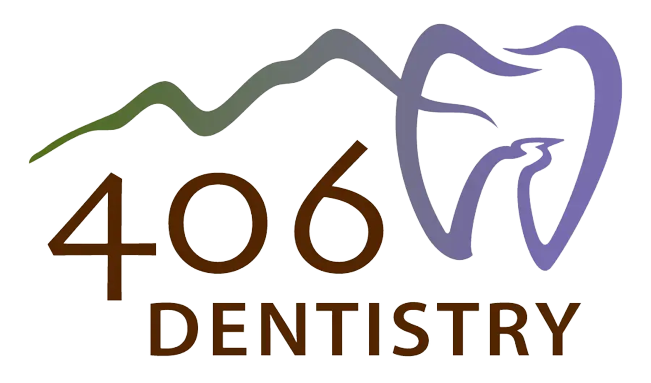In most cases, tooth extraction is a standard procedure for a dentist. Dental extractions are often done because a tooth has sustained such damage or decay that it cannot be saved. The ease or difficulty of the procedure is based on the location of the tooth that needs to be removed. The front teeth can be more easily accessed and removed compared to the back molars or impacted teeth. Wisdom teeth removal involves a more complex and invasive procedure. To extract the tooth, a dental professional manipulates the tooth to detach and free the fibers.

When teeth are too big for the mouth, they can become crowded. When they overlap each other, this can lead to tooth decay and oral infections. If left untreated, they can also lead to gum disease. Crowding of teeth can be addressed and corrected with orthodontic treatments like traditional metal braces. Orthodontic treatments often involve the removal of one or more teeth to correct the crowding issues and to establish a stable bite. Removing one or more teeth will allow room in your mouth for the other teeth to be positioned properly and enable their proper alignment. After that, braces are affixed on the teeth, which will gradually move the teeth to the correct places. In most instances, orthodontists remove the first premolars.
Tooth decay is caused by acids in the mouth by eating and destroying tooth enamel. The acid can come from plaque or bacteria that cause gum disease. When tooth decay reaches the inner layer of the tooth, the only way to save the tooth is through a root canal procedure and a dental crown. If the tooth cannot be saved with these approaches, it must be extracted to prevent the infection from spreading.The extracted tooth can then be replaced with a dental implant. Likewise, gum disease can cause loose teeth and bone loss. Your dentist will perform a tooth extraction to prevent the breakdown of your gums and bone, as well as to address any painful symptoms you are experiencing. If you’re experiencing discomfort from infected or decayed teeth, talk to your dentist about treatment options. In severe cases, an extraction may be recommended.
When the wisdom teeth become impacted, they have to be extracted. This is done to prevent any damage to healthy teeth, gums, nerves, bones, tissues, and blood vessels. In most cases, the wisdom teeth do not have enough room to emerge properly and become problematic. When a wisdom tooth does not have enough space to erupt into proper alignment, it can push on other teeth and cause crowding. This can lead to misalignment or crookedness. Another reason to extract wisdom teeth is that they are often more susceptible to decay. This is because they are hard to reach when brushing and flossing. These are best to have removed before they begin to cause problems in the mouth. A wisdom tooth that is still impacted under the gum line or embedded in the jaw bone may require surgical extraction.
At 406Dentistry, we try our best to preserve the baby teeth if possible, as early extraction of a baby tooth can affect the alignment of the developing adult tooth. Baby teeth are removed only if it's unavoidable - in cases of severe damage, like a cracked, loosened, or impacted tooth. Besides, a baby tooth with severe decay or infection may also be extracted if our dentist finds that it can't be saved with a filling or a root canal procedure. This is done to prevent the spread of the infection and eliminate tooth pain. Our dentist may also recommend the extraction of a baby tooth if they don't erupt out correctly or prevent the permanent tooth from erupting normally. It is crucial not to avoid baby tooth extractions if the pediatric dentist thinks it necessary. This is important to prevent damage to the permanent teeth buds and the spread of infection.
As a safety measure, the dentist will first take X-rays of the affected tooth to help plan the extraction procedure. After deciding on the extraction method, you will be given a local anesthetic to prevent you from feeling any pain during the process. Next, the dentist uses a special tool called an elevator to lift the tooth and loosen ligaments and gum tissue around the tip of the tooth. Finally, the dentist, with the help of a pair of forceps, gently rocks the tooth back and forth until the tooth comes free of the ligaments holding it in the gum tissue. In more complicated cases, the tooth may need to be broken up into smaller pieces for removal. Once removed, gauze is placed into the socket, and you have to put pressure on the area by biting down. If necessary, the dentist will place sutures to close the socket.
Call us at (406) 890-6364 or schedule an online appointment to know more about teeth extractions.